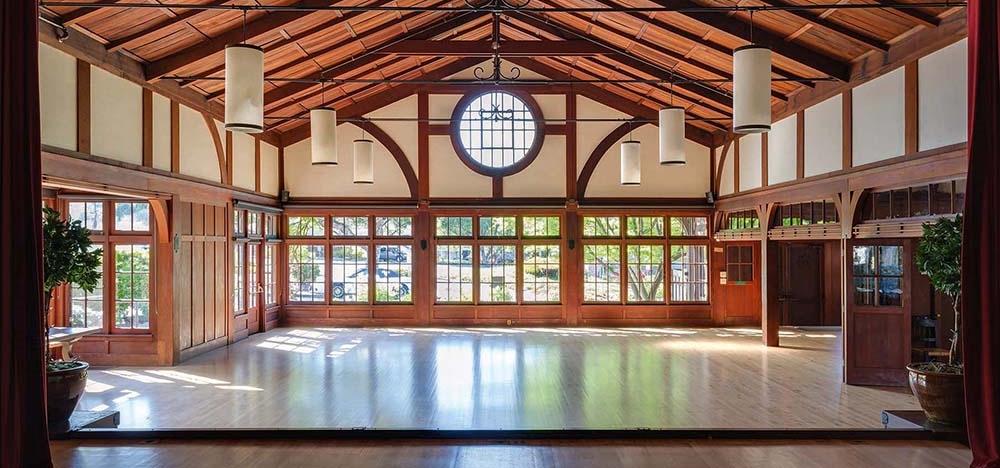Victoria Kastner grew up in the Bay Area, surrounded by homes and buildings designed by architect Julia Morgan.
She just didn’t know it.
“I’d never heard of her,” the author and art historian says. “Nobody had.”
Not until she’d graduated with an English degree from Cal Poly and was teaching Freshman Composition – and found herself on a tour of San Simeon, William Randolph Hearst’s castle – did she discover Morgan’s remarkable talent.
“I was stunned and fell in love,” she says. “It changed my life.”
That’s an understatement.
Kastner finished up the winter quarter, then got a part-time job until she could start work at the castle. She began at San Simeon in 1979, then earned a Master’s degree in art history from U.C. Santa Barbara under architectural historian David Gebhard, and another from George Washington in management and collections care. Finally, she wrote a trilogy of books about the castle.
“I was the historian at the castle until I left in 2018 to write this book,” she says. “I was there much longer than Hearst or Morgan.”
The book she’s referring to is “Julia Morgan: An Intimate Biography of the Trailblazing Architect.” Morgan was the first woman to be admitted to the architecture program at l’École des Beaux-Arts in Paris, and the first woman architect licensed in California.
But Kastner’s book is about the person, not just her architecture. “People have written mostly about her buildings, especially her commissions from the Hearsts, but no one had written about her” she says. “Conventional wisdom was that it was impossible – the myth was that she burned all her drawings and letters.”
The fact is that when Morgan closed her office, she could no long store plans for the 700 buildings she’d designed over the course of her career. She asked her clients if they wanted them, and if not, she destroyed them. Her archives went to Cal Poly, which is where Kastner found them.
She was amazed at what she encountered. There are 2,462 letters and telegrams to and from William Randolph Hearst alone. His castle was her 503rd project, and at 110,000 square feet for its hilltop buildings alone, Kastner places it on a par with Richard Morris Hunt’s Biltmore, near Asheville, N.C.
Never divorced and living with actress Marion Davies at San Simeon, Hearst’s relationship with Morgan was platonic. “She was the only person who never took advantage of him – and she had this palatial residential project from him,” she says. “Together they created things that were better than what each could do apart.”
Kastner and an assistant began transcribing all Morgan’s letters and diaries in 2018, and are going through final proofs now. “The transcriptions are 800,000 words,” she says. “She saved everything, and my goal is to make it all available so people can study them.
Chapter 10 in her book is an excerpted diary entry by Morgan about her travel by freighter through southern Italy in 1938 and 1939, while Mussolini’s troops were everywhere – and people were being deported. “She started writing about architecture, but then about faith and childhood and art,” she says. “She was writing to herself, for herself.”
Morgan famously renovated San Francisco’s Fairmont Hotel immediately after the earthquake and fire of 1906 – on a shell of a building that had jumped seven feet off its foundation. “She did it in a year and it was under budget, which was extraordinary,” she says. “She couldn’t work inside because it was unstable – she was working at night in a construction shack while rats jumped over her feet. She had that level of drive and energy.”
Kastner’s tome opens with a quote from Anaïs Nin: “Life shrinks or expands in according to one’s courage.” It’s an apt beginning for a book on one of the nation’s most gifted architects, practicing at a time when the odds were against any woman in almost any profession.
“If ever we’re need of an inspiring story and a person who was never defined by circumstance – we need it in these times,” Kastner says.
And she’s given it to us.
For more, go here.
[slideshow id=2409]


